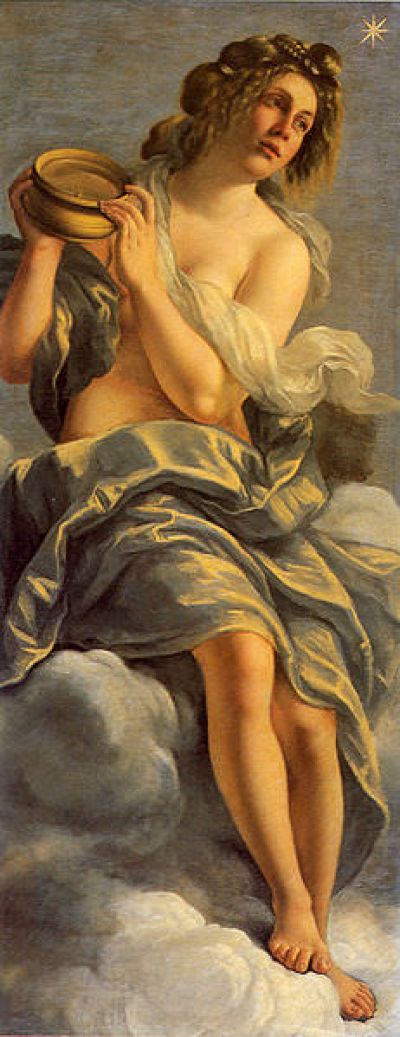In the late 16th century, Europe was transitioning through the Renaissance to the Scientific Revolution, but even with the invention of the printing press in the mid-15th century, technology was a slow process. The arts, however, were still flourishing, especially in Italy. During the High Renaissance in the early 16th century, the art of Bellini, Botticelli, da Vinci, Michelangelo, and Raphael adorned churches and palaces. Later in the century, the works of Titian and Tintoretto, both in Venice, would join this illustrious group.
Stored in the back rooms of museums and church attics, the paintings of Plautilla Nelli (1524 -1588) were discovered in the early 2000s, obscured by almost 450 years of neglect. Nelli was the daughter of a wealthy Florentine fabric merchant and at age 14 she entered a Dominican convent where she was influenced by the teachings of Girolamo Savonarola, the friar who preached reform and repentance and organized bonfires of the vanities in the late 1490s, and Fra Bartolomeo, a Dominican friar who had shared painting techniques with Raphael and was a leading artist in Florence. In the convent, the nuns were encouraged to paint their spiritual inspirations and Nelli studied Fra Bartolomeo as she taught herself to paint.
Paintings by the nuns were sold to bring funds into the monastery and Nelli’s paintings are said to have been hung in many homes. She is recognized as the first woman painter of the Renaissance and the only woman, to date, who has painted the “Last Supper.” The painting is noted for its size – almost 22 feet long and 6½ feet high – and its historic value that shows other nuns worked on the painting with Nelli. Nine of Nelli’s sketches have been restored and are housed in the Uffizi’s Prints and Drawings Department. “Lamentation with Saints,” also large scale at 9½ feet high and almost 6½ feet wide, is on display at the Museum of San Marco in Florence.
In the later years of the Renaissance, Sofonisba Anguissola (1532-1625) was acclaimed for her art, portraits of her family and aristocrats and self-portraits. She was exemplified by the details in her work: fine lace, pearls and jewels, brocades, landscapes, and facial expressions. Her works also include numerous allusions to religion and other artists.
Born into a noble family in Cremona, Anguissola showed a natural talent for art and her father arranged for her to learn the professional techniques of local painters. It was an unusual arrangement as women were not admitted for apprenticeships, but she changed the standard making it acceptable. Her first tutor, Bernardino Campi, was greatly influenced by Titian, Raphael and Correggio (considered a master High Renaissance artist from northern Italy).
In 1554, she traveled to Rome where she met Michelangelo and received his artistic guidance. Five years later, she joined the court of King Philip II of Spain as a painter and a lady-in-waiting and art tutor to his wife, Queen Elizabeth of Valois. Anguissola’s portraits of the king, queen and their children, along with other royalty, capture a period in time of aristocratic wealth and mannerisms. Her paintings are exhibited throughout Europe and the U.S.
In the late 1570s, Orazio Gentileschi left his hometown of Pisa for Rome. By the early 17th century, painters throughout Europe were traveling to Rome to work and to study the masters of the 16th century and the new style of Baroque, most notably in the art of Caravaggio. Gentileschi applied Caravaggio’s methods, chiaroscuro (stark contrast between light and dark) and tenebrism (extreme contrast of dark and light), to his paintings and passed the techniques on to his daughter, Artemisia, who helped him in his studio.
Artemisia Gentileschi (1593-c.1654) is noted as one of the most significant painters of the Baroque period and as one of the most influential female artists. Her large scale works of mythical and biblical women, themed “Power of Women,” for scenes that depict women’s control over men, reflect her experience of sexual abuse charges against her tutor and the court proceedings she endured.
Soon after the trial, Gentileschi married and moved to Florence, establishing a studio and gaining the attention of the Grand Duke of Tuscany, Cosimo II de Medici, and the Grand Duchess where she provided paintings for them and for other aristocrats.
In the mid-20th century, an interest in women in art brought attention to the paintings collecting dust in storerooms and attics. Today, the art of Nelli, Anguissola and Gentileschi (and many other women) is exhibited throughout the world. From April through July of this year, the National Gallery in London will have its first major exhibit of Artemisia Gentileschi’s paintings.
For biographies and selected resources of these and other exceptional women of Italian heritage, visit the website of the Italian Historical Society of America at www.italianhistorical.org/index.html.



